
Do your students ever need help with explaining how key details support a main idea? Here are a few thoughts and artifacts from a three-phase lesson I gave.
Phase One – Meet the Source
The students read the article entitled “Tortoises battle it out with Marines for the right to stay put.” Suggestion – Before they read, beef up their background knowledge by sharing photos like those below to help them visualize where the article takes place. Ask them to read with the purpose of identifying the author’s main ideas. Close by discussing their thoughts about what the main ideas are and why.
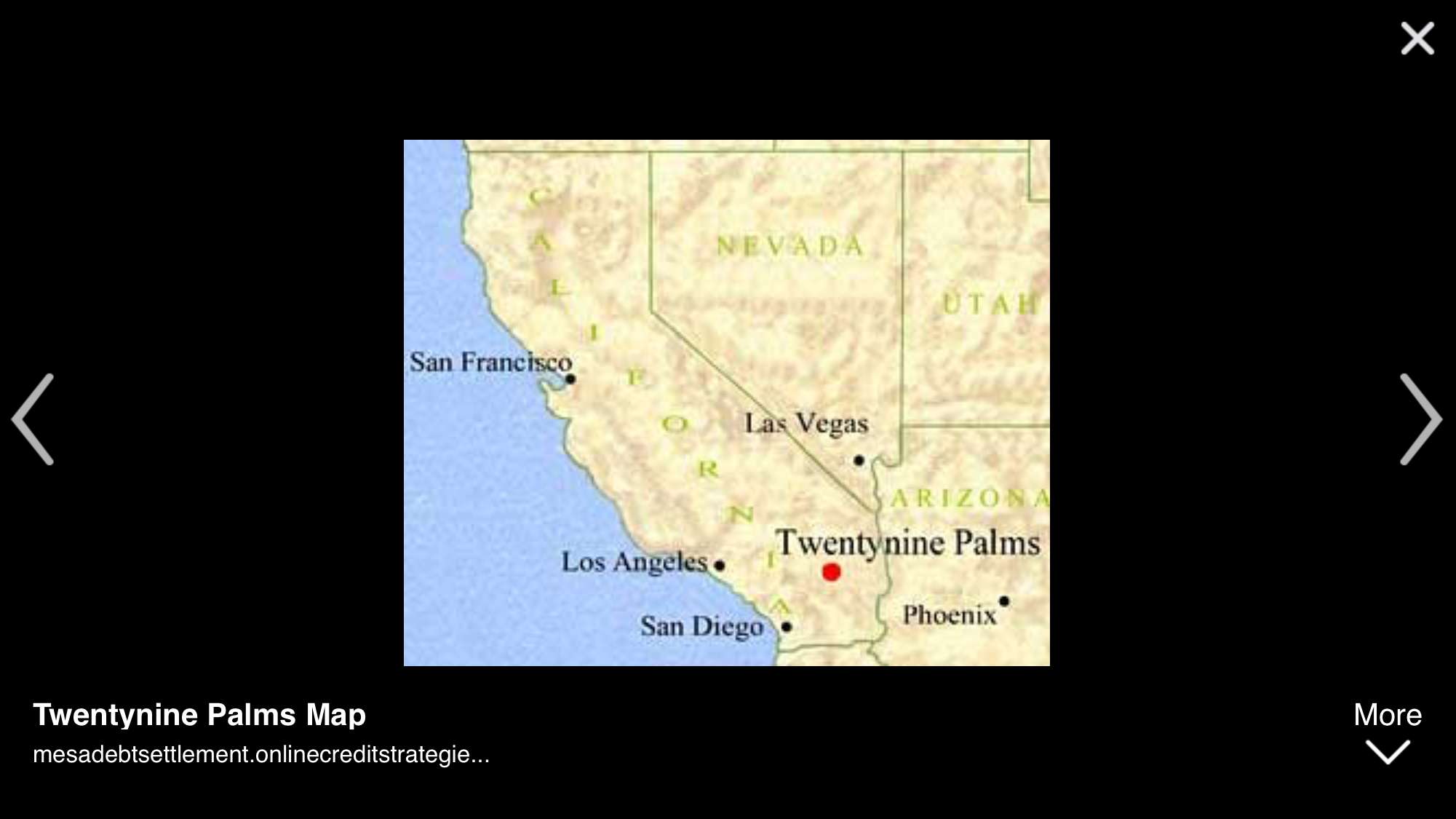

Phase Two – Meet the Strategy
Before the phase 2 lesson, I chose an excerpt (see below) from the article that reveals lots of details related to a particular main idea.
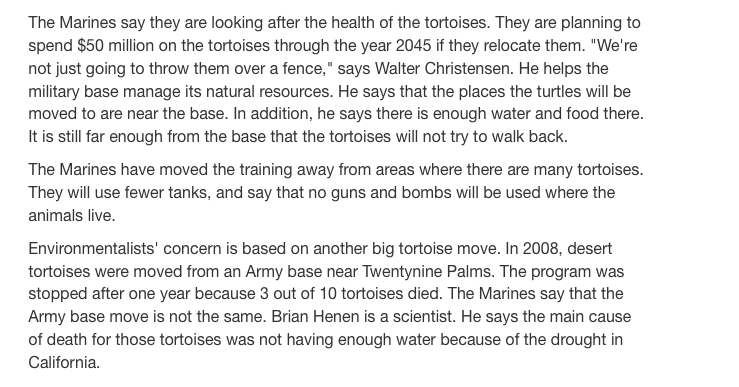
To start the lesson, I posted the main idea (that the excerpt supports) for all students to view and quickly defined key words – writing the definitions on the chart as we discussed their initial thoughts about this main idea. See below.
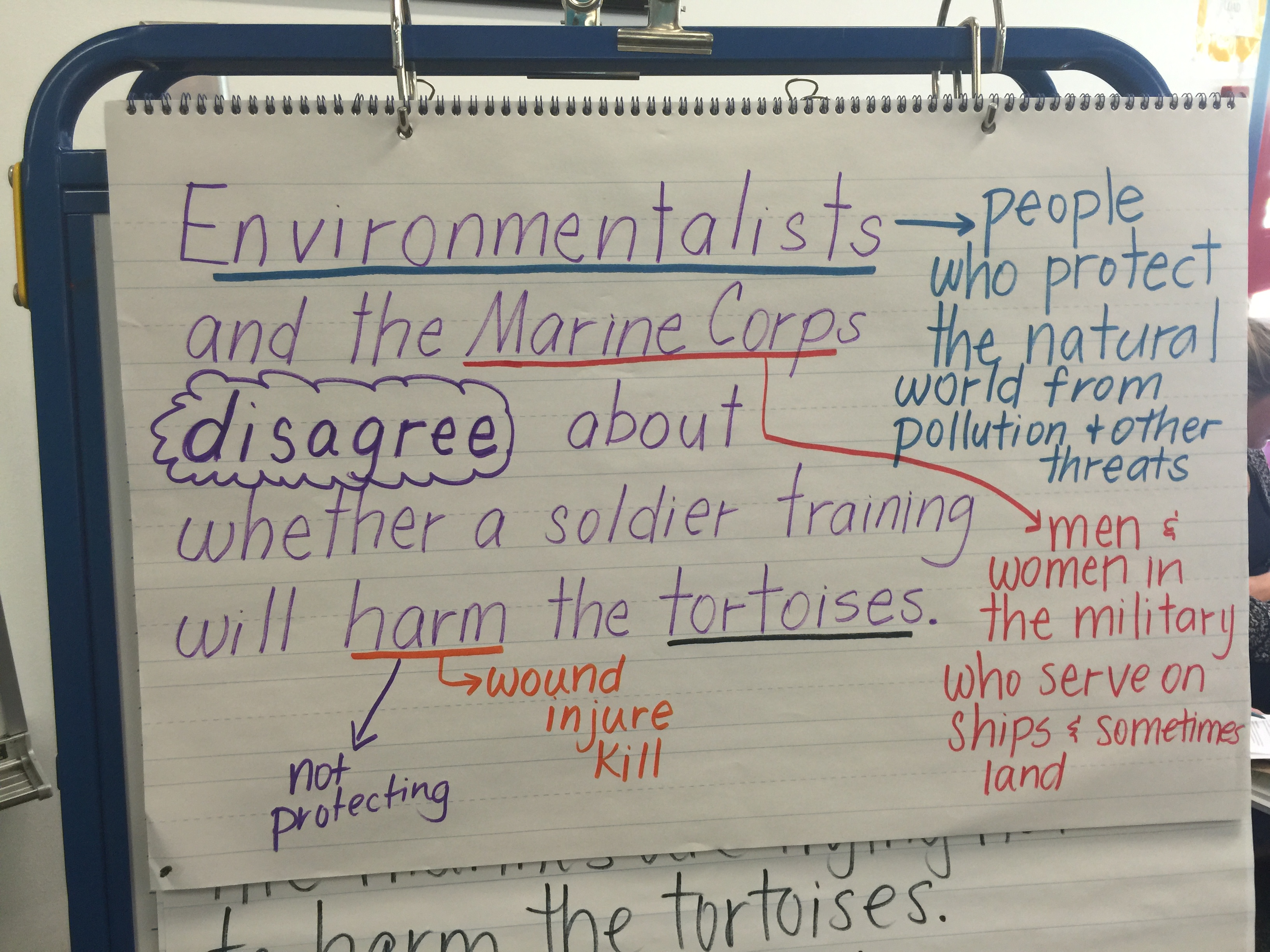
Then I introduced close reading with the pasta analogy; this included the what, why, and how of locating and explaining key details. Then we did a close reading of a three-paragraph excerpt from this article and listed key details on sticky notes. I modeled and then we engaged in shared close reading and shared note-taking for a few sentences before the students started closely reading on their own. See examples of one student’s notes in the image below. When they were done, we practiced using our notes to talk about what we’d learned.
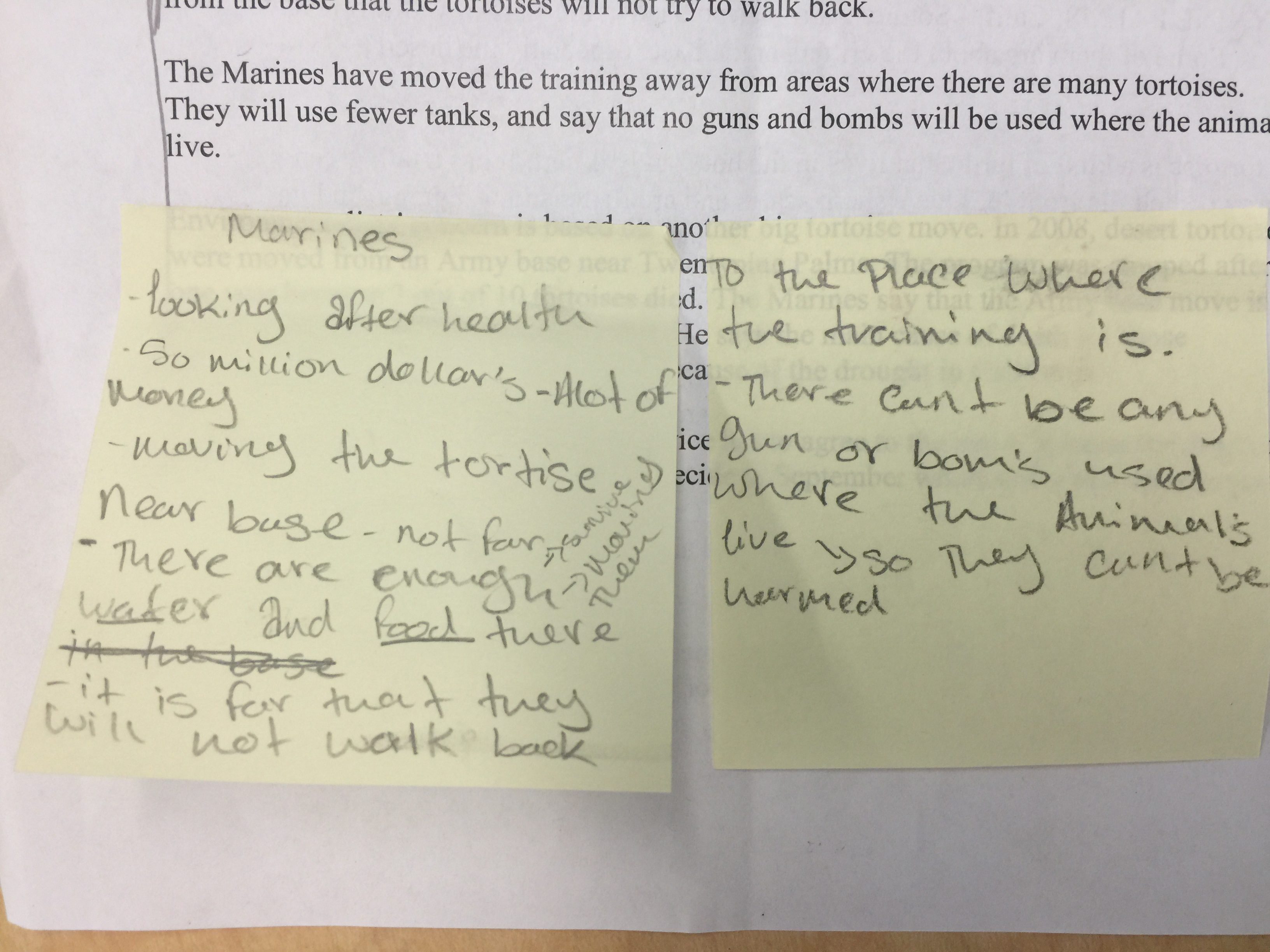
Phase Three – Meet the Response
My focus was explaining supporting evidence so I wrote the main idea on the chart paper ahead of time so we wouldn’t spend energy on that. Together we came up with a piece of evidence/a detail and composed the sentences you see written on the chart paper. See the image below. This was a great opportunity for me to push students’ thinking with questions like:
- What does that detail mean? How can you explain that in your own words?
- I noticed you’re struggling a little bit with how to say that. Will you try that again? (This is what authors do!)
- Why is that important?
- Or how is that related to the main idea?
I also provided sentence stems as needed like this means that to help students explain their thinking.
Then each student chose an additional detail, turned and talked with a peer about what they were thinking about writing, and wrote a short response. (See sticky notes posted at the bottom of the chart). I leaned in and conferred with each student as they wrote–asking those types of questions again as needed.
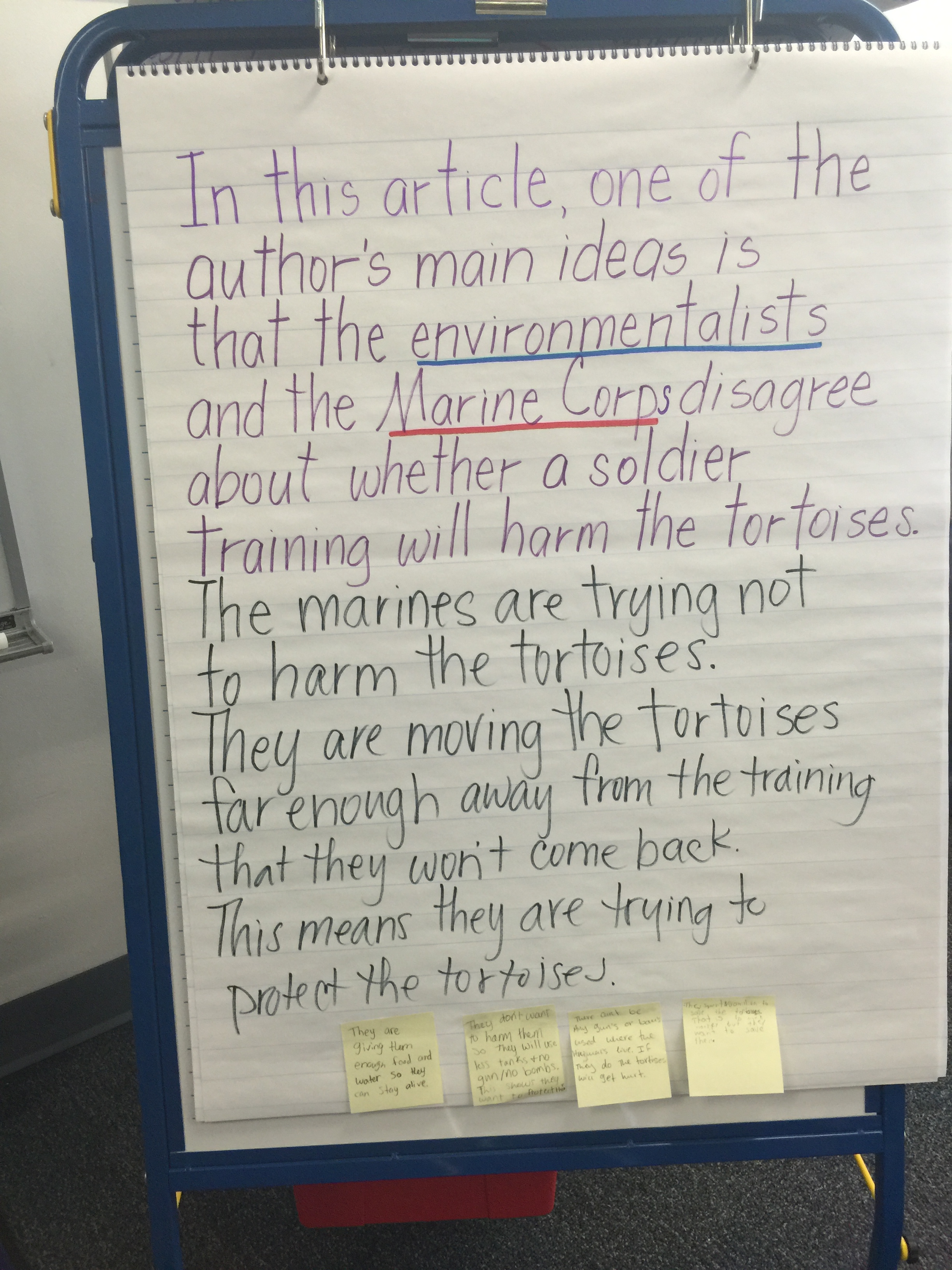
The students clearly needed this lesson and, if they were in my classroom, I’d follow up with a series of lessons like this with multiple articles so the students can take on more responsibility in identifying main ideas, key details, and then writing their explanations. You might do a similar lesson with the NewsELA article “Tough Times for Polar Bears.”
Hope this helps.
Sunday 4/20/21
